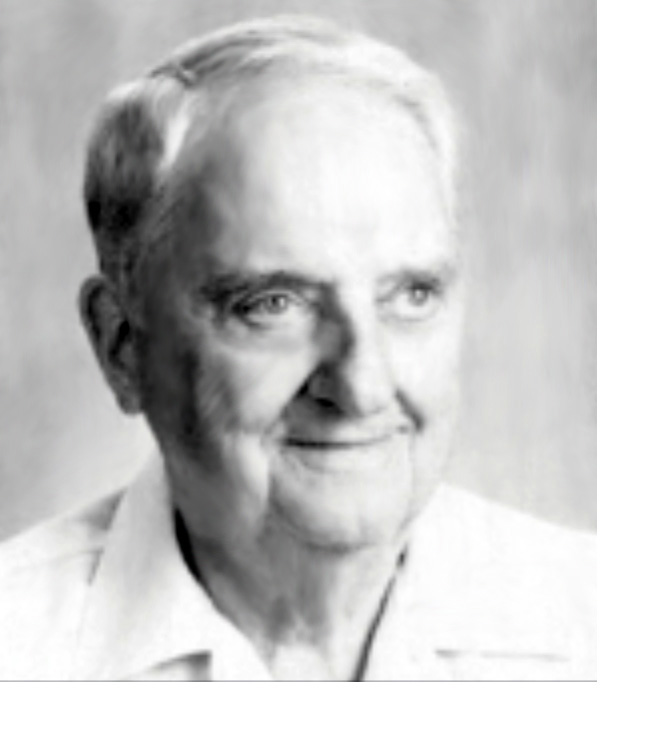Meet the Author
Jack Benfield has been identified with the electrical conduit industry since 1929. He was a pioneer in the marketing of thin wall (EMT) conduit in the United States. Republic Steel Corporation created EMT. To market this brand-new product, the company selected six young salesmen to cover the United States. Jack was in that original group of six.
Almost every branch of the electrical industry tried to discourage the acceptance of thin wall conduit. Electricians cussed it, because it was such a problem to bend. Only hickey-type tools were available and they kinked the EMT too easily. Labor unions wanted more labor, not less. The steel mills wanted more tonnage, not less. The NEC restricted the use of EMT to exposed dry locations and to circuits of 300 volts or less.
Then, in the early 1930s, a wheel-type EMT bender (hand portable type) with a fixed radius appeared. It did an acceptable job, but it was an awkward tool with four parts and a floppy hook. The need for a better bender was obvious. Jack designed and patented the first one-piece, solid hook Benfield bender for 1/2”, 3/4” and 1” EMT.
Jack Benfield wrote the first pocket instruction booklet back in the early 1930s. Since then over 2 million copies of his instruction booklets have been published. This revised “Benfield Conduit Bending Manual” is the perfect companion for teaching proper bending techniques. Apprentice electricians use the manual as a textbook to "zero-in" on any bothersome bending problem.
Electrical superintendents, training directors and journeymen electricians, by the thousands, have endorsed Jack’s simple, non-technical method for making conduit bends that fit.


